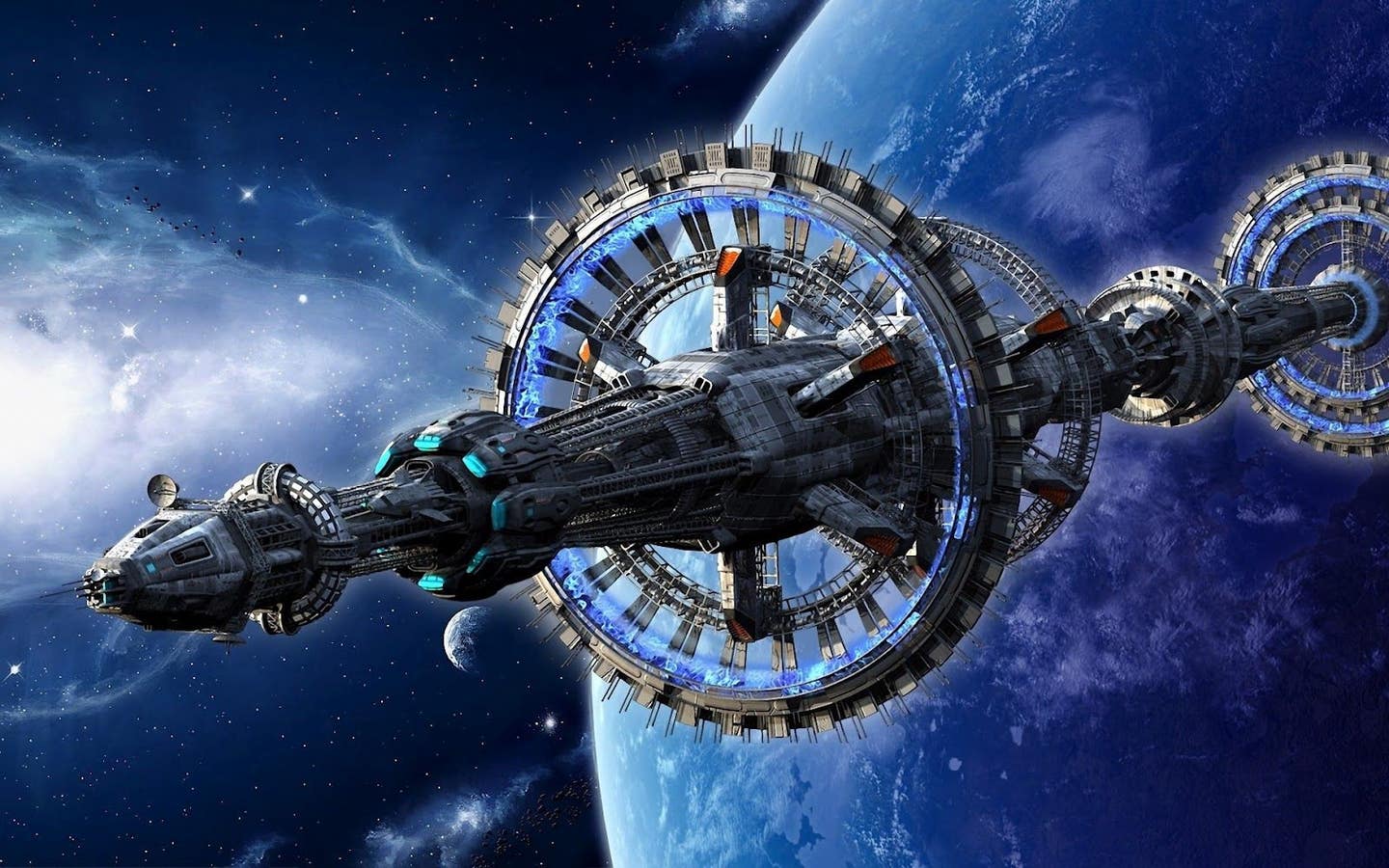Could We Achieve Interstellar Travel Using Only Known Physics?
[July 28, 2020: Forbes] For as long as human beings have been watching the night sky, we’ve dreamed of visiting other worlds and truly…

[July 28, 2020: Forbes]
For as long as human beings have been watching the night sky, we’ve dreamed of visiting other worlds and truly seeing what’s out there in the Universe. While our chemical-based rockets have taken us to a myriad of planets, moons, and other bodies in the Solar System, the farthest spacecraft ever launched by humanity — Voyager 1 — is only 22.3 billion kilometers (13.9 billion miles) from Earth: just 0.056% of the distance to the closest known star system. With current technology, it would take close to 100,000 years to travel to another star system.
But there’s no need to restrict ourselves to doing things the way we’re doing them right now. With the right technology, we could vastly improve how efficient it is to get a large-payload mass, perhaps even one that carried humans on board, to unprecedented distances across the Universe. In particular, there are four technologies that have the potential to take us to the stars on much shorter timescales. Here’s how.
Like these kind of stories? Get The Brighter Side of News' newsletter.
1.) The nuclear option.
At this point in human history, every rocket we’ve ever launched into space has one thing in common: it’s been propelled by chemical-based fuel. Yes, rocket fuel is a special mix of chemical fuels designed to maximize thrust, but the “chemical fuel” part is very important: it states that the reactions powering it rely on the rearrangement of bonds between various atoms to provide energy.
This is fundamentally limiting! For an atom, the overwhelming majority of its mass is in the atom’s nucleus: 99.95%. When you’re engaging in a chemical reaction, the electrons orbiting the atoms get rearranged, typically releasing somewhere around 0.0001% of the total mass of the atoms involved in the form of energy, via Einstein’s famous equation: E = mc². That means, for every 1 kilogram of fuel you load up your rocket with, you’ll only get the energy equivalent of somewhere in the ballpark of 1 milligram of mass out of the reaction.
But if you went with a nuclear-based fuel, that story changes dramatically. Instead of relying on changing how electrons are configured and how atoms are bonded together, you could release comparatively enormous amounts of energy by altering how atomic nuclei themselves are bound to one another. When you split apart a Uranium atom by bombarding it with a neutron, it emits an enormous amount of energy compared to any chemical-based reaction: 1 kilogram of U-235 fuel can release the energy equivalent of 911 milligrams of mass, a factor of ~1000 times more efficient than chemical-based fuels.
If we were to master nuclear fusion instead, such as with an inertial-confinement fusion system that was capable of fusing hydrogen into helium — the same chain reaction that takes place in the Sun — we could become even more efficient. Fusing 1 kilogram of hydrogen fuel into helium would turn 7.5 grams of mass into pure energy, making it nearly 10,000 times as efficient as chemical-based fuels.
The key is that we’d be able to achieve the same accelerations for ... MORE



